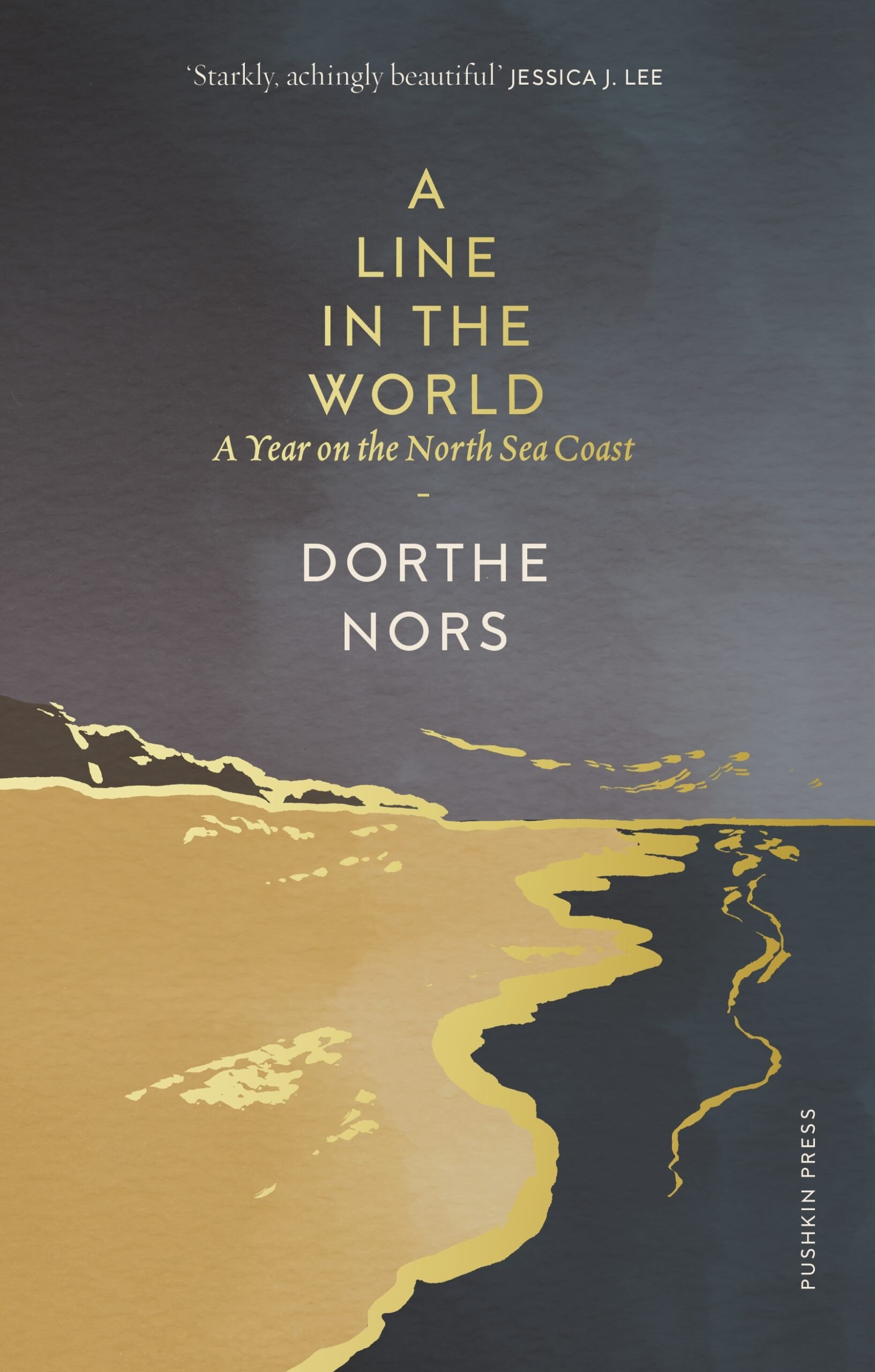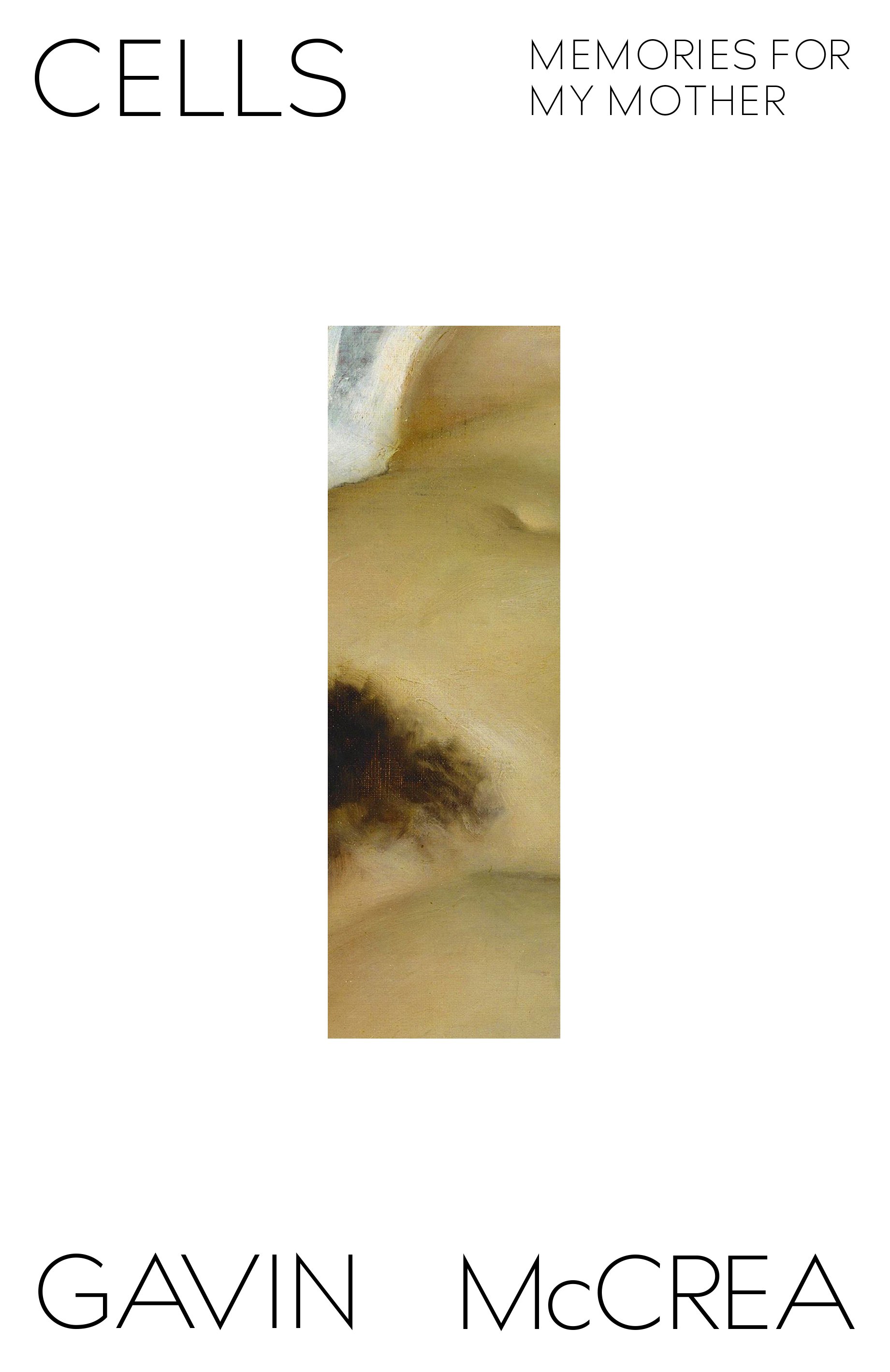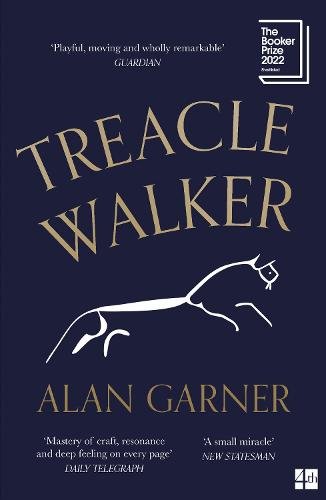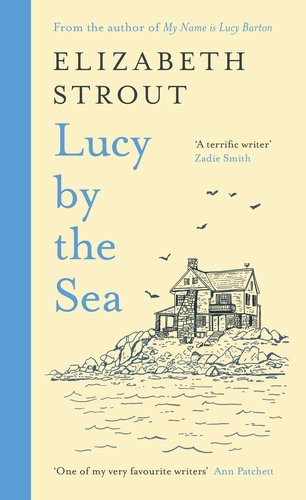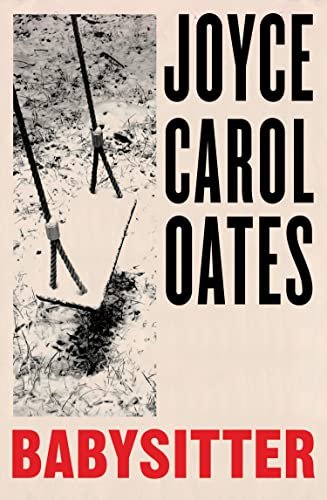It can be easy to forget just how astonishingly wonderful and weird animals can be. Rundell has created a collection of short essays focusing on an array of creatures whose characteristics and histories are so extraordinary their very existence seems like a miracle worth preserving. Some such as the pangolin and narwhal are more exotic and some such as the bear and crow feel more commonplace. But the author teases out fascinating facts about all their behaviour and makeup which make us re-view the true beauty of these beings. From burrowing marsupials to ancient sharks that dwell in the depths of the ocean, we learn intriguing information about them as well as how many face destruction because of humans and the effects of climate change. There are also often details about the way these animals have held a certain place in our culture and politics leading us to either fear, harvest or revere them. Rather than attempting to give comprehensive accounts of all these creatures, Rundell consciously takes an idiosyncratic approach to alight upon curious information which sparks the readers imagination and sense of wonder.
As a way of winding down at the end of the day I'll often read aloud to my husband before bed. This collection made an excellent book for this routine as each section is usually only four-five pages long (the perfect amount before either or both of us grow too sleepy to continue.) It also made a delightful surprise to reveal what would be our “animal of the night”. There were many instances where we'd exclaim aloud at facts such as how “wolves are one of the very few animals who convey information with facial expressions” or how mating seahorses “dance” by changing colours, entwining tails and clicking at each other. I was particularly delighted to discover the first animal discussed in the book is the wombat since it's a favourite creature of mine. The beginning of each chapter comes with a beautiful custom illustration of each animal by Talya Baldwin which adds to the overall exquisite beauty of this edition which is adorned with gold foil. Such a level of attention rightly makes Rundell's nature book feel like a sacred text. Given that half of the author royalties are going to charities to push back climate change and environmental destruction, hopefully this publication will also do a little to help the creatures within it survive.



